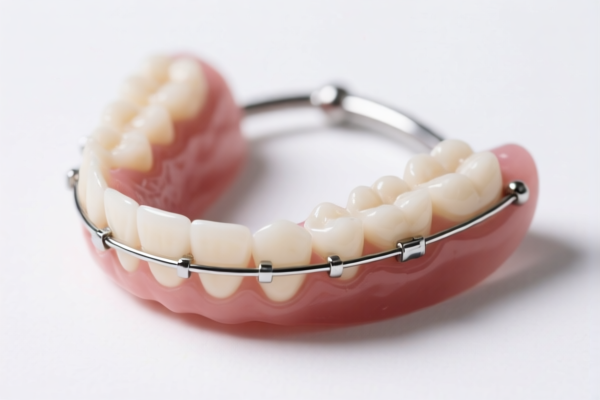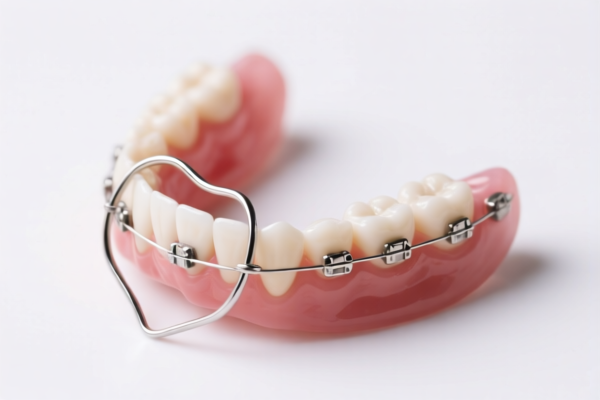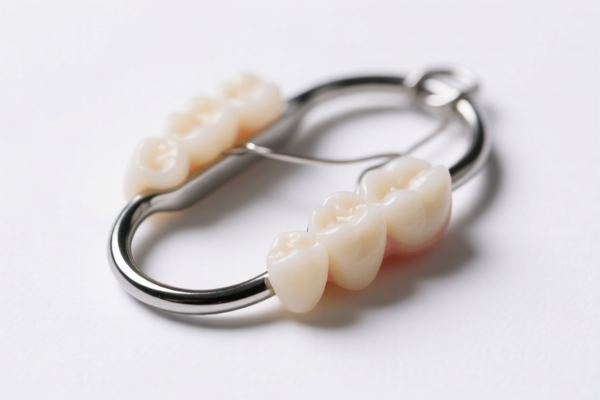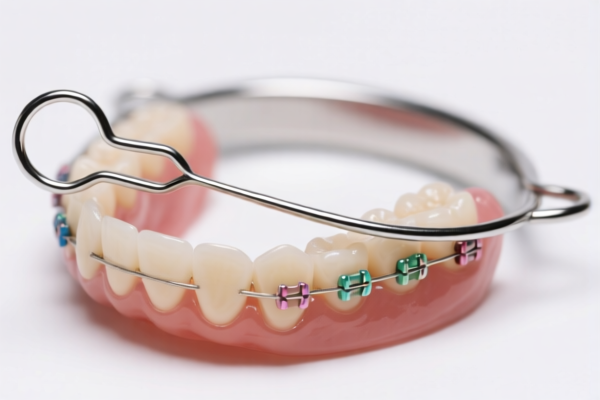| HS Code | Official Doc | Tariff Rate | Origin | Destination | Effective Date |
|---|---|---|---|---|---|
| 3005905090 | Doc | 30.0% | CN | US | 2025-05-12 |
| 3926909910 | Doc | 42.8% | CN | US | 2025-05-12 |




Okay, here's a breakdown of the HS codes and tax implications for your declared goods, presented in a structured and easy-to-understand format. I'll also provide some important considerations for each.
Understanding HS Codes: A Quick Primer
Before we dive in, remember that HS codes are standardized internationally. The first 6 digits describe the broad product category, and the following digits provide increasing specificity.
- First 2 Digits (Chapter): Indicate the broad category of goods.
- First 4 Digits (Heading): Further refine the category.
- First 6 Digits (Subheading): Become more specific about the product.
- Remaining Digits: Provide even more detail for tariff classification.
1. Wadding, gauze, bandages – HS Code: 3005.90.50.90
- Chapter 30: Pharmaceutical products. This indicates your goods fall under medical supplies.
- Heading 3005: Wadding, gauze, bandages and similar articles (for example, dressings, adhesive plasters, poultices).
- Subheading 3005.90: Other. This means the items aren't specifically covered in earlier classifications within this heading.
- 3005.90.50.90: Further specifies "Other" within the "Other" category.
Tax Implications:
- Basic Tariff: 0.0%
- Additional Tariff: 0.0%
- Additional Tariff (After April 2, 2025): 30%
- Total Tariff: Currently 0.0%, but will increase to 30% after April 2, 2025.
Important Considerations:
- Pharmaceutical Impregnation: Since this code is for items impregnated or coated with pharmaceutical substances, ensure your goods meet this requirement. Documentation proving this may be needed.
- Retail Packaging: The code also applies to goods "put up in forms or packings for retail sale."
- Medical Purpose: Verify that the goods are clearly intended for medical, surgical, dental, or veterinary purposes.
- Certification: Depending on the specific substances used and the destination country, you may need to provide certificates of analysis or other regulatory documentation.
2. Other articles of plastics and articles of other materials – HS Code: 3926.90.99.10
- Chapter 39: Plastics and articles thereof.
- Heading 3926: Other articles of plastics and articles of other materials.
- Subheading 3926.90: Other. This indicates the items aren't specifically covered in earlier classifications within this heading.
- 3926.90.99.10: Further specifies "Laboratory ware" within the "Other" category.
Tax Implications:
- Basic Tariff: 5.3%
- Additional Tariff: 7.5%
- Additional Tariff (After April 2, 2025): 30%
- Total Tariff: Currently 12.8%, but will increase to 42.8% after April 2, 2025.
Important Considerations:
- Material Composition: Confirm the primary material of the laboratory ware. If it's not primarily plastic, this code may be incorrect.
- Laboratory Use: Ensure the goods are demonstrably intended for laboratory use.
- Single or Multiple Materials: If the items are made of multiple materials, the classification will depend on the primary material.
- Certification: Depending on the specific use and destination country, you may need to provide certifications related to safety or material composition.
Recommendations:
- Review Material Composition: Double-check the materials used in both product types to ensure the HS codes are accurate.
- Check Single Invoice: If you are shipping both items on a single invoice, the tariff rates will be applied to each item separately.
- Prepare Documentation: Gather all relevant documentation, including material specifications, certificates of analysis, and intended use statements.
- Monitor Tariff Changes: Be aware of the upcoming tariff changes on April 2, 2025, and factor them into your cost calculations.
- Destination Country Regulations: Always verify the specific import regulations of the destination country, as they may have additional requirements or restrictions.
Disclaimer: I am an AI assistant and cannot provide definitive customs advice. This information is for general guidance only. It is always best to consult with a qualified customs broker or import specialist for accurate and up-to-date information.
Customer Reviews
The information is helpful, but I found the formatting a bit overwhelming with so many sections and tables. Still, the HS code details and tariff rates were exactly what I needed.
The page provided a great overview of the HS code classifications for dental ligature. I especially appreciated the detailed explanation of the tax implications and the important considerations for each HS code.
I found the HS Code 3926909910 details useful, especially the note about the 42.8% tariff after April 2025. The part about confirming the primary material was a good reminder to double-check the product specs.
This page has a clear breakdown of HS Code 3005905090 for dental ligature. The tariff rate and effective date are easy to spot, and the explanations about pharmaceutical impregnation were really helpful.